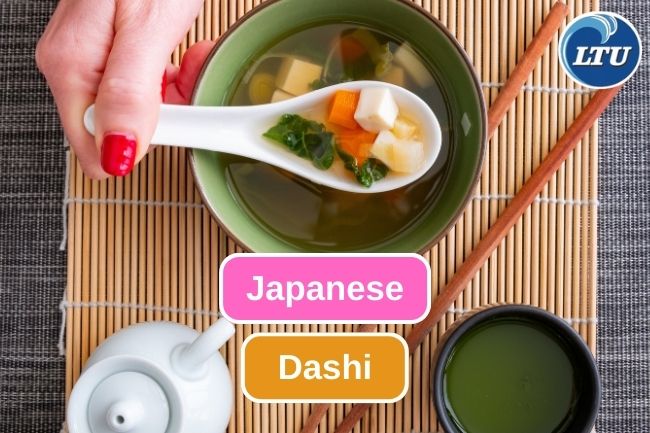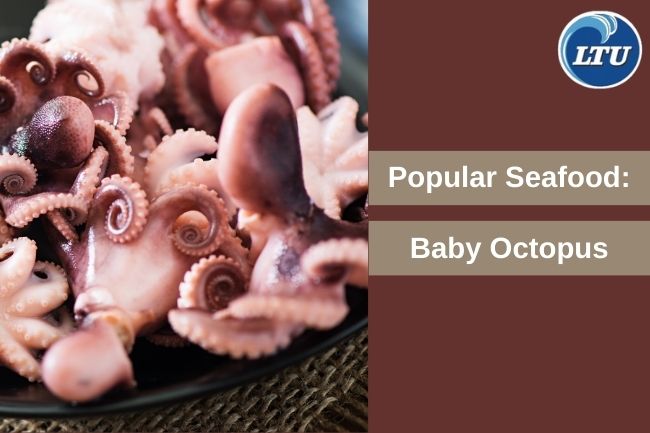Dashi: The Authentic Japanese Flavor
By. Nevanda - 27 Jun 2023
lauttimur.com - Dashi is a traditional Japanese soup stock or broth that serves as the foundation for many Japanese dishes. It is an essential ingredient in Japanese cuisine and contributes to the umami flavor that is characteristic of many Japanese dishes.
Dashi is typically made by simmering specific ingredients in water, extracting their flavors and essence. The two main types of dashi are:
1. Kombu Dashi
This dashi is made by steeping dried kelp, known as kombu, in water. Kombu is a type of edible kelp that contains natural glutamates, which contribute to the umami taste. Kombu dashi has a delicate and slightly sweet flavor. It is available in dried sheets or strips and is usually harvested from the waters around Japan.
2. Bonito Dashi
This dashi is made by adding dried bonito flakes, known as katsuobushi, to boiling water. Bonito is a type of fish, specifically skipjack tuna, that is filleted, cooked, and dried before being shaved into thin flakes. They add a rich and savory flavor to the dashi. Bonito dashi has a stronger umami taste compared to kombu dashi. These flakes are a crucial component of bonito dashi and provide a strong umami taste.
Read also: 5 Disadvantages Of Fish Canning Method
Dashi is widely used as a base for many Japanese soups, such as miso soup, noodle dishes like udon and soba, and simmered dishes like sukiyaki. It is also used in sauces, dressings, and marinades to enhance the overall flavor of various dishes.
While dashi can be made from scratch using kombu and bonito flakes, instant dashi granules or dashi stock powder are readily available in stores and offer a convenient option for preparing dashi quickly.
In addition to the primary ingredients, some variations of dashi may include other elements to enhance the flavor. For instance, some recipes may incorporate dried shiitake mushrooms, dried sardines, or even small amounts of soy sauce or mirin (a type of sweet rice wine).








